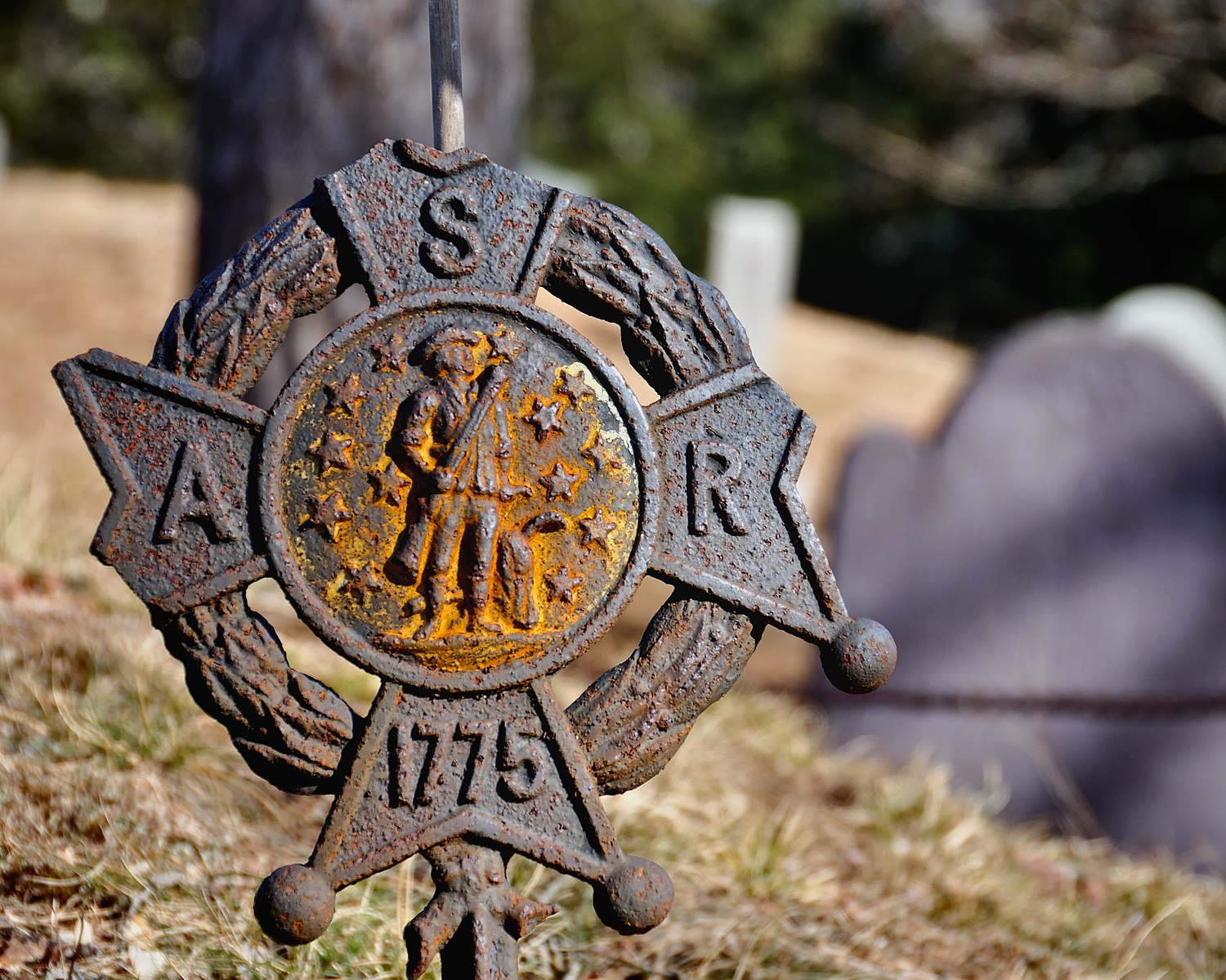Founded in 1889, the origins of the Sons of the American Revolution (SAR) date back to 1876 and the centennial of the signing of the Declaration of Independence. This historic anniversary inspired the Colonial Revival period and a burst of patriotism throughout the United States. It especially moved a group of men in San Francisco, whose ancestors had participated in the American Revolution.
Those men formed an organization called the Sons of Revolutionary Sires to celebrate their heritage and honor the legacy of America’s revolutionaries. Inspired by the Sons of Revolutionary Sires, another group — the Sons of the Revolution — was founded in New York. William O. McDowell organized a New Jersey branch of the group in 1889, but he disagreed with the fundamental structure that required all branches to be subordinate to the New York society, forming his own organization, the Sons of the American Revolution, in New York’s Fraunces Tavern in 1889. This coincided with another important anniversary: the centennial of George Washington’s 1789 inauguration.
According to the Massachusetts Society of the Sons of the American Revolution’s Soldiers and Sailors Whose Graves Have Been Dedicated by the Markers of the Society, published in 1901, at a meeting in the summer of 1890 the idea of placing a mark by the graves of soldiers, sailors, and patriots of the American Revolution was initiated in Acton, MA at the suggestion of member, Reuben Law Reed. With the assistance of two posts of the Grand Army of the Republic, on Memorial Day in 1892, simple wooden markers were put by the graves of those who were known to have taken part in the War for Independence in Acton. On the Fourth of July of the same year, similar markers were placed in nearby Stow, MA.
In February of 1893, at a meeting of the Massachusetts Society held in Wesleyan Hall, Boston Rev. Carlton Albert Staples, of Lexington, MA further promoted the idea of remembering those who had served in the Revolutionary War by marking their graves and placing tablets in town halls and libraries with their names. A committee was appointed to design a special design to be placed at cemeteries.
The design that was chosen is adopted from the cross of Saint Louis with minor modifications. In its center is a copy of Daniel Chester French’s iconic statue The Minute Man, which stands by the Concord Bridge, and was dedicated on the centennial of the American Revolution – April 19, 1875.
The marker was formally adopted at the meeting of the National Society held at Washington, D.C. on April 30, 1894.
To learn more about SAR’s Grave Marker Program, view the most recent edition of the Patriot Grave Marking Manual (2020). Click here to explore SAR’s Patriot Research System.
Image courtesy of Timothy Valentine via Wikimedia Commons

